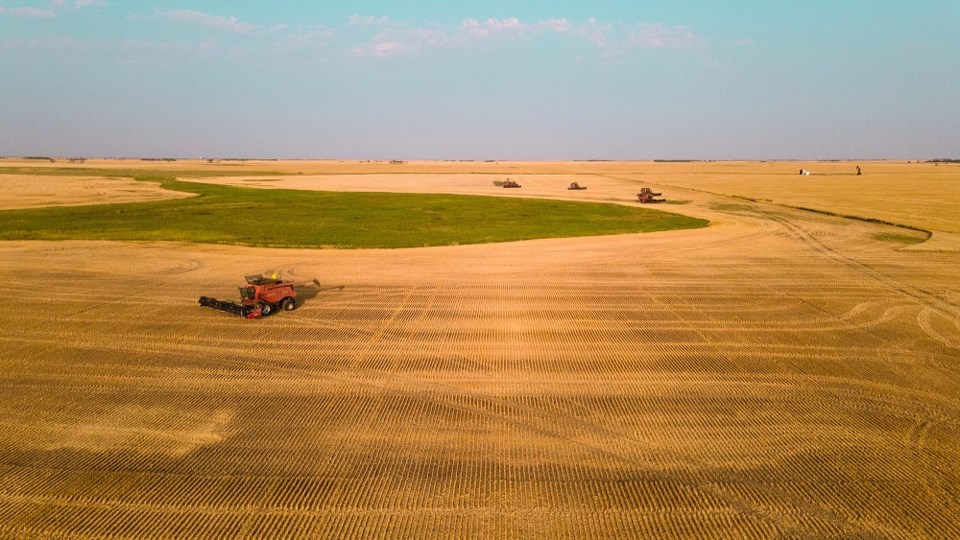ESTEVAN - The crops in southeast Saskatchewan are likely the best in the province this year, according to Sherri Roberts, a crop extension specialist with the Saskatchewan Ministry of Agriculture.
Speaking with the Mercury Thursday, Roberts said crops could have used a little more rain, but they look good in many areas.
“If you compare it to the other parts of the province, we have absolutely … nothing to complain about whatsoever,” said Roberts, alluding to the drought conditions that have affected many areas.
The exception would be the pastures, which are not in good shape, she said.
Roberts said the southeast extends from Highway 1 in the north to the Canada-U.S. border in the south, and then from the Manitoba border in the east to Ogema in the west.
There are some pockets where people did not get the rain. One area southwest of Radville was seemingly missed with every blast of precipitation, she said. Another east of Weyburn around Hume received little rain. And there’s another northeast of Kipling that is very dry.
But other areas did well. Indian Head received more precipitation this year than the previous two years, and their crops look fantastic, she said.
Others are hoping to have really good yields.
In closer proximity to Estevan, there are pockets where there wasn’t much rain, but in the Carlyle area, it looks good. Redvers has had a lot of rain, while Lampman has had some good precipitation.
“Overall the crops around Estevan, I wouldn’t be doing too much complaining, except for my pastures, but that’s the big thing that’s hurting now at this point,” said Roberts. “These guys are going to get some really nice yields in the majority of the southeast.”
Roberts said she has seen some beautiful corn yields, especially in the Milestone and Oxbow areas. Others clearly could have used some moisture.
“There’s some beautiful soy bean fields out there right now in the southeast. A couple of guys I was talking to … they figure they’re going to hit 40 bushels to the acre this year. They’ve been in the nice pockets that have gotten the rain, and their beans have filled out really well.”
As for canola, she’s glad she hasn’t had to survey canola fields, because they’re beautiful this year.
Soil conditions are spotty this summer.
“You’ve got moisture in some areas right at the surface, and then other ones, I was out in a soy bean field in Halbrite, and I was having to use a shovel and some oomph to be able to dig those roots out of the ground,” Roberts said.
“So it varies, and that’s the sad thing about the southeast, is some people have just had the fortunate luck of getting every rain shower that’s come through, and others, they haven’t gotten any rain since June.”
In those dry areas, the grasshoppers are taking over. On the insect side, grasshoppers have been the biggest threat so far.
“I know some guys have been spraying three or four times for grasshoppers,” said Roberts.
The southeast corner of the province had some snow in April, and received the most rain in the province. The rest of the province has been dry.
Roberts has seen a lot of uneven maturity this year. Some crops are fully ripe and others are still green. Because of maximum residue limits, they can’t go in there and spray to desiccate until crops are at 30 per cent moisture.
“Instead of waiting for those green parts of the field to get to 30 per cent moisture, how about calling up your neighbour that’s a livestock person, and ask if they want to come in and swath those areas, particularly where the kochia’s really heavy.
A lot of livestock producers are hurting for supply on feed, and she hopes the province won’t have to cut beef herd numbers.





